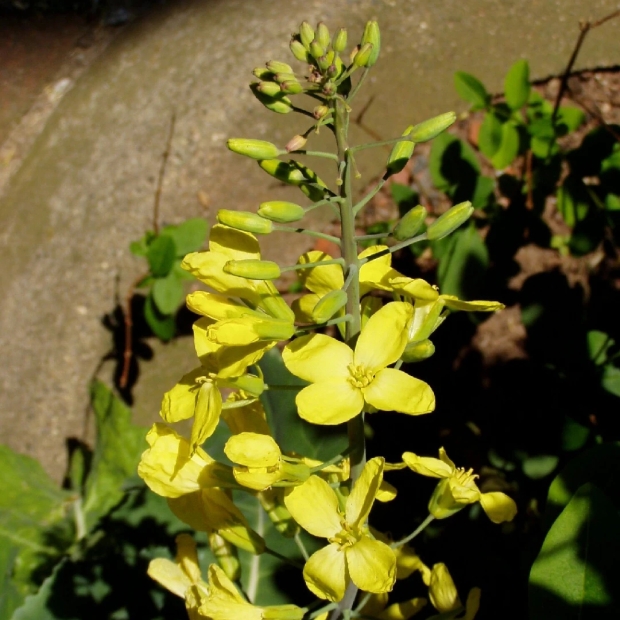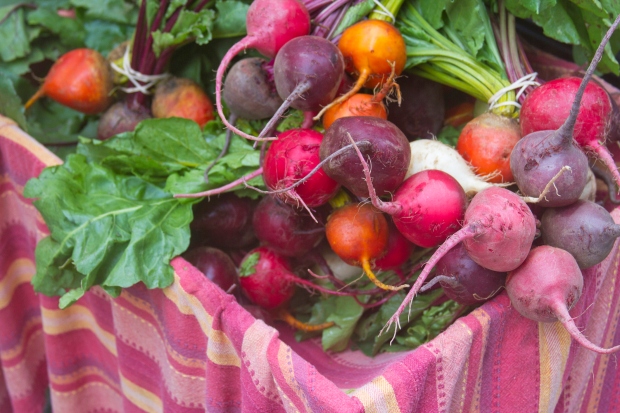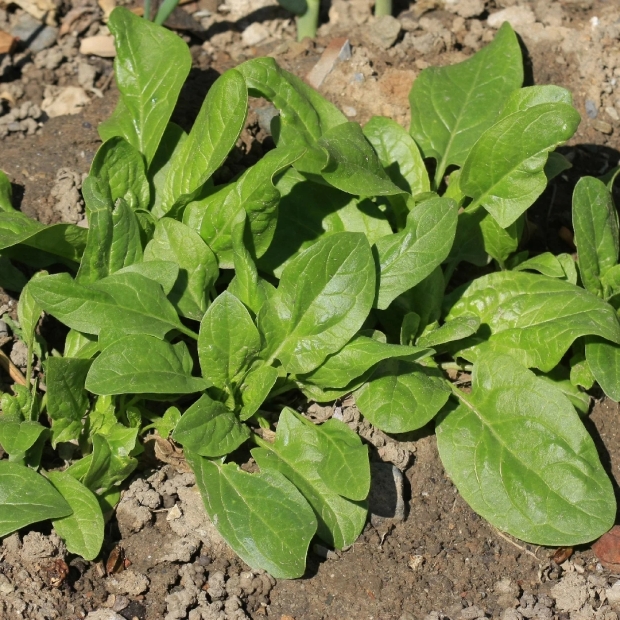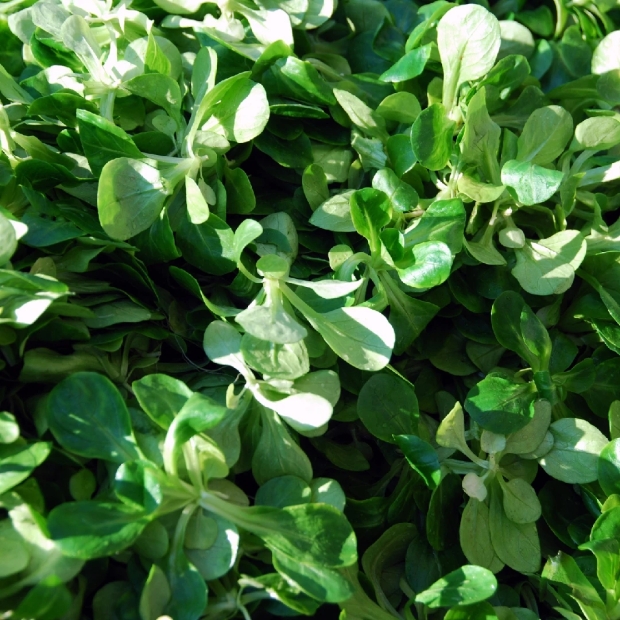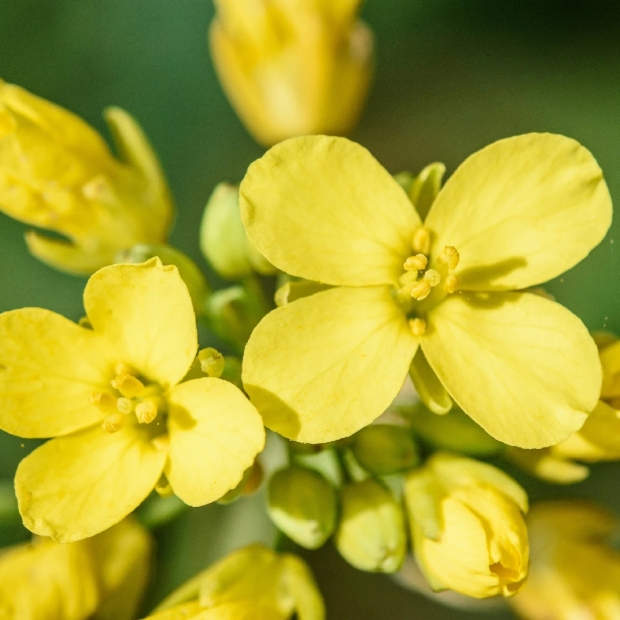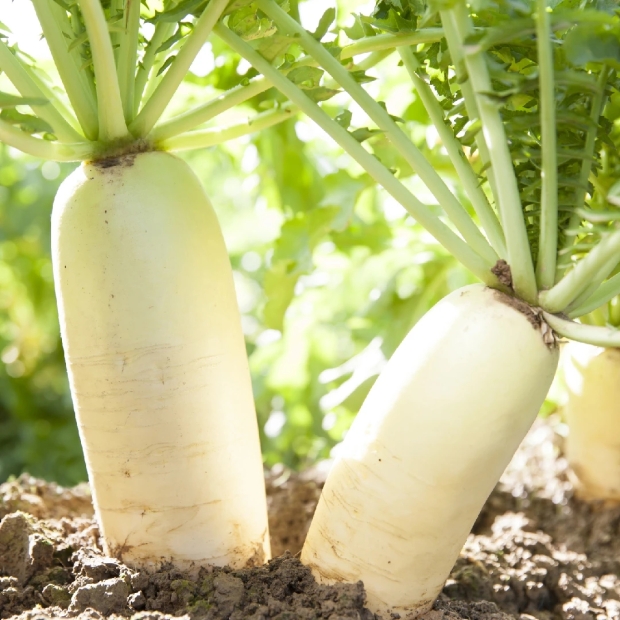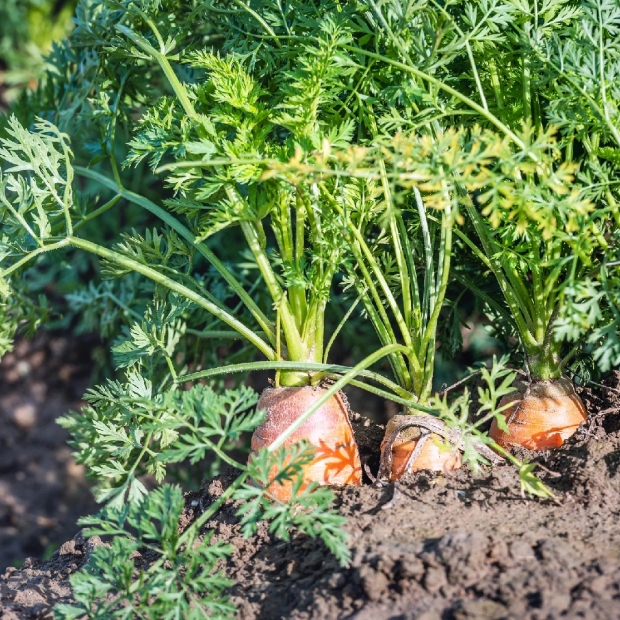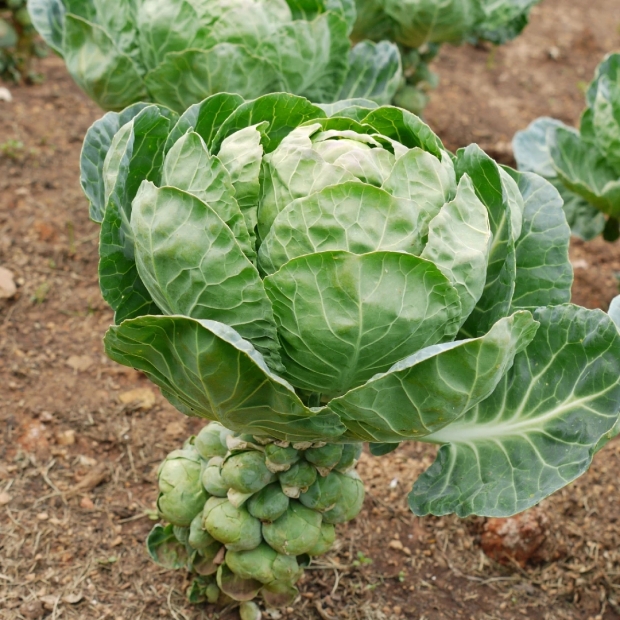Lettuce
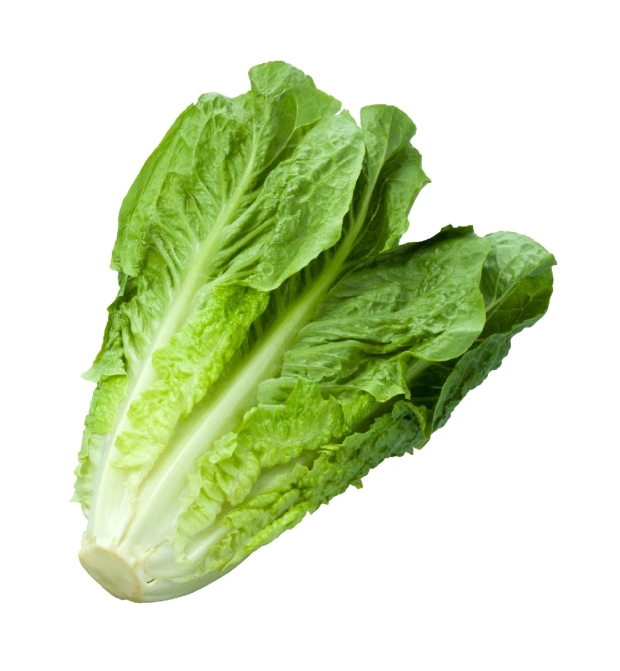
Lettuce (Lactuca sativa var. ramosa) is a leafy green vegetable that is often cultivated worldwide for commercial and personal gardens. The whole plant can be used for salads, soups, wraps, or sandwiches. Human cultivation of Lettuce dates back to the 5th century in China, and there are now many different cultivars grown globally.
